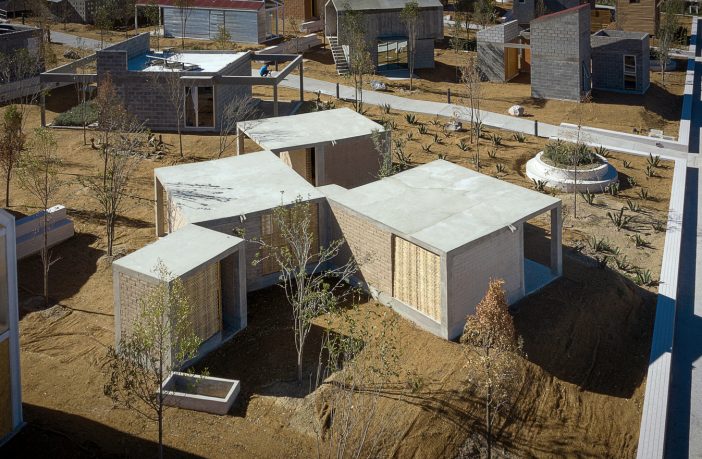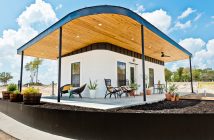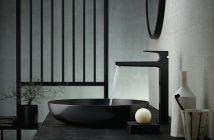
Text description provided by the architects. Casa Hilo is a prototype of rural housing suitable for a warm climate. Based on modules, the house takes shape assembled by the means of individual boxes that can be multiplied and freely configured according to the site, budget, or specific needs of each family. The modular system allows a wide variety of horizontal and vertical configurations, thus also offering flexibility regarding family growth over time.
Unlike a typical house where all rooms are located under one roof, here each space has its own roof, door, and covered terrace. Freely connected to each other, the interconnection of boxes generates a house that is interwoven with the landscape, where each room is accessed from the garden, instead of the typical access through a closed corridor. The open spaces between the different rooms form landscaped courtyards and niches that function as vital elements of the house. The garden of this house is as important for the activities of daily life, as the rooms themselves.

This adaptable housing scheme arises from the analysis of current traditions and living conditions of the local inhabitants of the countryside in Mexico, and these are translated in a contemporary way. The interior and exterior areas form the house together. Through its rooms that extend into terraces and into the garden, the residents are offered the benefit of a refreshing microclimate through the local vegetation, even in conditions of high temperatures.
A series of fixed outdoor furniture is incorporated into the garden as a functional part of the house, reinterpreting in a contemporary language traditional elements of the Mexican rural house. A water basin, a wood stove, and a large table reinforce the local activities and traditions of its inhabitants. Terraces that face the street allow social interaction and offer the possibility of integrating commercial activities.
The basic configuration of Casa Hilo consists of two rooms, a kitchen, and a bathroom, in addition to the exterior equipment: a basin, a stove, and a table with benches. The windows and doors are foldable bamboo blinds that allow both the constant and modular natural air circulation, and the control of levels of privacy for the spaces. At the same time, they function as shadow-generating pergolas outside when in their open position.
Structures based on concrete frames offer protection for seismic movements. These structural frames are filled with hand made adobe blocks produced by locals. These adobe walls work as a thermal insulator by absorbing excess moisture and cooling the inside air during the day through its thermal mass, making Casa Hilo an example of sustainable rural architecture.

View the complete gallery
-
Architects: Zeller & Moye
-
Location: Apan, Mexico
-
Category: Houses
-
Lead Architect: Christoph Zeller, Ingrid Moye
-
Area: 90.0 m2
-
Project Year: 2019
-
Photographs: Jaime Navarro
This article was first published in Arch Daily and is republished with permission.






















